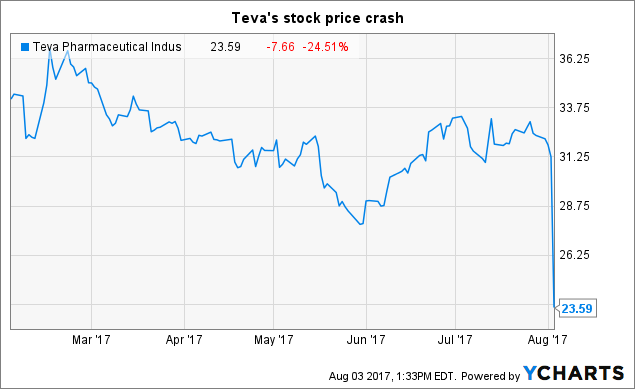

Total Assets Intangible Assets Goodwillīased in Israel, Teva is one of the world's largest generic drug manufacturers, with over 3,500 products marketed in over 60 countries. Please click on the following links to see related term pages. Thank you for viewing the detailed overview of Teva Pharmaceutical Industries's Goodwill-to-Asset provided by. Teva Pharmaceutical Industries Goodwill-to-Asset Related Terms By comparing a company's goodwill to assets ratio to those of other companies within the same industry, investors can get a feel for how a company is managing its goodwill. This is why comparing goodwill-to-assets ratios is generally most meaningful among companies within the same industry.

Decreases in the goodwill-to-assets ratio suggest that the company has either written down some goodwill or increased its tangible assets.Īsset needs vary from industry to industry.

When a large portion of total assets are attributable to intangible assets (such as goodwill), the company may be at risk of having that portion of its asset base wiped out quickly if it must record any goodwill impairments. Increases in the goodwill-to-asset ratio might suggest that a company has been aggressively acquiring other firms or has seen its tangible assets decrease in value. It is generally good to see a company increasing its assets regularly however, if these increases are coming from intangible assets, such as goodwill, the increases may not be as good. If the goodwill-to-asset ratio increases, it can mean that the company is recording a proportionately higher amount of goodwill, assuming total assets are remaining constant. Teva Pharmaceutical Industries (NYSE:TEVA) Goodwill-to-Asset Explanation Payments to Suppliers for Goods and Services.Other Cash Receipts from Operating Activities.Other Cash Payments from Operating Activities.Cash Received from Insurance Activities.Cash Receipts from Securities Related Activities.Cash Receipts from Operating Activities.Cash Receipts from Fees and Commissions.Cash Receipts from Deposits by Banks and Customers.Therefore, Teva Pharmaceutical Industries's Goodwill to Asset Ratio for the quarter that ended in Dec. Teva Pharmaceutical Industries's Total Assets for the quarter that ended in Dec. Cash Payments for Deposits by Banks and Customers Teva Pharmaceutical Industries's Goodwill for the quarter that ended in Dec.Cash from Discontinued Operating Activities.Cash From Discontinued Investing Activities.Short-Term Debt & Capital Lease Obligation.Other Liabilities for Insurance Companies.Long-Term Debt & Capital Lease Obligation.Inventories, Raw Materials & Components.Cash, Cash Equivalents, Marketable Securities.Accumulated other comprehensive income (loss).Accounts Payable & Accrued Expense for Financial Companies.Depreciation, Depletion and Amortization.Margin of Safety % (DCF Earnings Based).Float Percentage Of Total Shares Outstanding.The term "market value" is interchangeable with "fair value" for the purpose of this article.One approach is to average the value of similar businesses being sold, and then price the value of the business being purchased above or below the average depending on the quality of the business. Typically, figuring out market value will involve looking at what other similar assets or businesses are selling for.Calculating market value is usually fairly complex and requires plenty of background knowledge, and as a result, the fair value of a business is usually calculated by a certified professional, such an accountant, financial analyst, or appraiser.This means people would pay $1.5 million for those $1 million in assets. GAAP net loss attributable to Teva and GAAP diluted loss per share were 955 million and 0.86, respectively, in the first quarter of 2022, compared to net income of 77 million and diluted. However, due to recent strong market conditions, the market value may be slightly higher, at $1.5 million. For example, the book value of the business being purchased may be $1 million.The first step is to take the book value of the business (or the assets minus the liabilities), and figure out what the market value of those net assets are. As mentioned earlier, the book value of a business does not always equal the market value (the fair value, or, the estimated value that someone in the market would pay for the business). Determine the fair value of the company's assets.


 0 kommentar(er)
0 kommentar(er)
